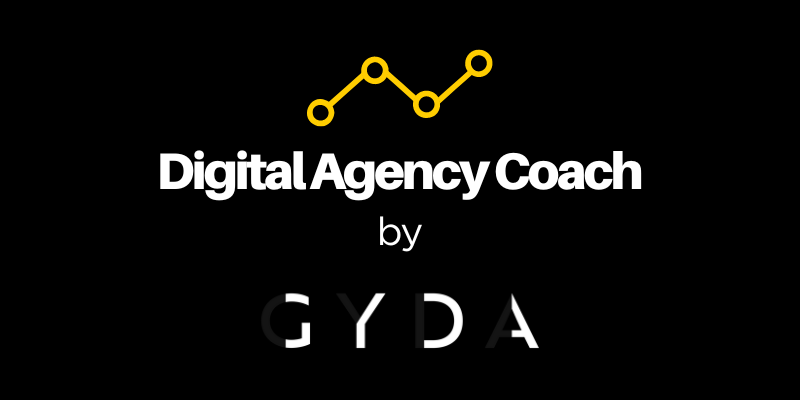Leading vs Lagging KPIs
Most agency owners are familiar with Key Performance Indicators (KPIs) - these are values that measure the success of your ongoing progress against a defined metric. In essence, a KPI will measure, or indicate, how an agency is likely to grow.
For many, KPIs have been a mainstay of working life since our internship days. However, what often comes as a surprise to many Digital Agency Clients is that KPIs can come in two forms, Leading & Lagging.
In this article, we discuss leading & lagging KPIs, how and why you should measure both types and why the high performing agencies do just that.
Leading vs Lagging KPIs: What’s The Difference
As we just mentioned, a KPI is a pre-defined metric or milestone which is used to gauge progress across all functions and departments. KPIs are tangible, valuable insights that help inform decisions about how an agency is run.
A Leading KPI is input related. Leading KPIs measure the current activity in your agency, whereas a lagging KPI only demonstrates what you’ve already achieved.
Lagging KPIs are important to monitor, as they give a good snapshot of the topline performance of your agency. However, if the numbers are a little off, and this is the only metric you have, it can be tricky to pinpoint and fix where things went wrong.
The idea behind leading KPIs is that they create targets, focus and accountability within your agency on a daily basis. This helps to keep you (and your team) on track toward successfully meeting your lagging KPIs.
To get a good handle on your agency's growth trajectory, we always recommend tracking more leading KPIs than lagging ones - with a ratio in and around 4:1.
This is often the secret sauce to success - monitoring, reporting and acting upon leading and lagging KPIs is what sets the high-performing agencies apart from the pack.
Imagine Your Agency Is Trying To Lose Weight
Because we love an analogy, let’s imagine your digital agency is trying to shed some pounds. In this instance, we’d have a lagging KPI of ‘Total Weight Lost’. Jumping on the scales once a month just to measure the outcome and see how much weight has been lost is going to make for slow, blinded progress.
Instead, you could measure your daily exercise, track your diet and weigh yourself on a weekly basis. These metrics would be your Leading KPIs and will give a more accurate reading of how you are tracking toward your weight-loss goal.
If you reach the end of your third month and you still haven’t lost any weight, then you can review all your KPIs and see where the shortfalls or issues might be. The more Leading KPIs you track, the easier it is to identify areas of improvement.
How High Performing Agencies Track Performance
A key differentiator between high and underperforming agencies is how many, and what kind of KPIs they are measuring and learning from.
Successful digital agencies have more Leading KPIs than lagging. This helps them predict and prepare for their growth - they’ll know where their agency is heading before it actually gets there.
Practical Leading & Lagging KPIs Examples For Your Digital Agency
By monitoring both types of KPIs, you are able to see the relationship your leading efforts will have on your overarching goal. By keeping an eye on both figures, you’ll be able to attribute any issues with your Sales to any increases or decreases to your Call Tally or Event Attendance.
Learn From Other Successful Digital Agencies
At Digital Agency Coach, we host bi-weekly Mastermind Groups for digital agency owners. These informal workshops are centred around peer learning - you’ll learn from other agencies who are navigating the same challenges as you and will pick up tactics such as today’s KPI hack which improve the performance of your agency.
Get In Touch with our team of friendly digital agency experts, they’d be delighted to help answer any questions about this article, our Mastermind Group or our Coaching & Mentoring Programs.




